Welcome to the ultimate guide to full suspension electric mountain bikes (E-MTBs), tailored specifically for riders.
In recent years, the popularity of E-MTBs has soared, offering riders an electrifying experience on rugged terrains.
In this comprehensive article, we’ll delve deep into the world of full suspension E-MTBs, exploring their features, advantages, types, and how to choose the perfect one for your riding style and preferences.
Advantages of Full Suspension E-MTBs over Hardtail Models
When it comes to conquering challenging trails, full suspension E-MTBs offer several advantages over their hardtail counterparts.
Here’s why they’re gaining traction among riders in the USA & UK:
- Enhanced Comfort and Control: Full suspension systems, consisting of front suspension forks and rear suspension shocks, absorb bumps and shocks more effectively, providing a smoother ride. This translates to increased comfort and better control, especially on rough terrains.
- Improved Traction and Stability: The rear suspension of full suspension E-MTBs enhances traction during climbs, ensuring that the rear wheel stays planted on the ground. This results in improved stability and better handling, allowing riders to tackle steep inclines and technical descents with confidence.
Key Features of Full Suspension E-MTBs
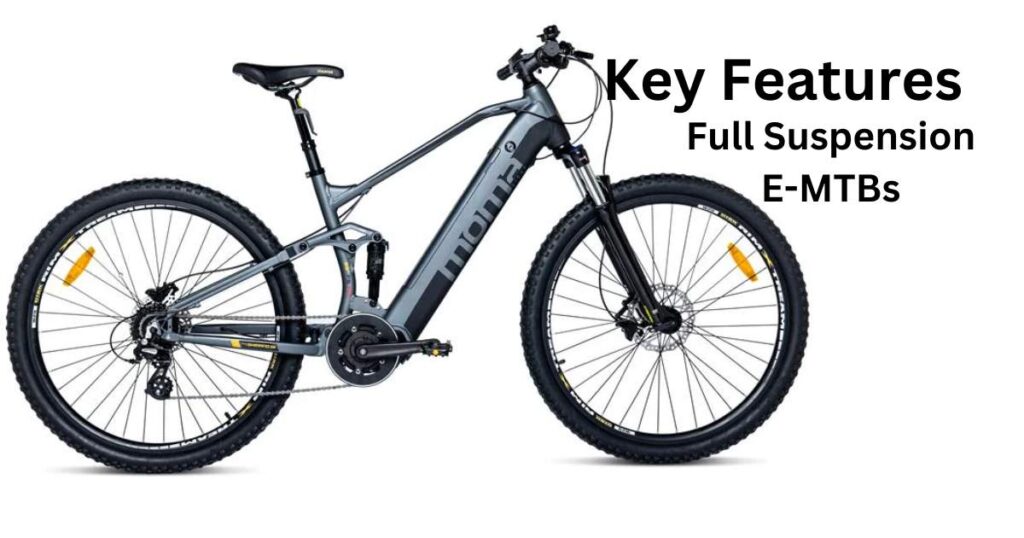
Suspension System: The Heart of Full-Suspension E-MTBs
The suspension system is the cornerstone of full suspension E-MTBs, comprising front suspension forks and rear suspension shocks.
Here’s a closer look at each component and their benefits:
- Front Suspension Fork: These forks come in various types, including air springs and coil springs, each offering unique performance characteristics. Air springs are adjustable and lightweight, ideal for riders who prioritize tuning their suspension to match different terrains. On the other hand, coil springs provide consistent performance and are well-suited for aggressive riding styles.
- Rear Suspension Shock: The rear shock plays a crucial role in smoothing out the ride, especially over rough terrain. By absorbing impacts and maintaining traction, rear suspension shocks enhance comfort and control, allowing riders to maintain momentum on challenging trails.
- Benefits of Full Suspension: Full suspension E-MTBs offer unparalleled comfort, control, and confidence on the trails. Whether you’re tackling technical descents or climbing steep inclines, a well-tuned suspension system ensures a smoother ride and better performance.
Read More Blog: The Best Fat Tire Electric Bikes For 2024
Electric Drive System: Powering Your Adventure
The electric drive system of an E-MTB consists of motor and battery components, each contributing to the bike’s power and performance:
- Motor and Battery Components: E-MTBs are equipped with powerful motors and high-capacity batteries, providing riders with the extra boost they need to conquer challenging terrain. The motor delivers assistance when pedaling, while the battery stores energy for extended rides.
- Motor Placements: E-MTBs feature two main motor placements: mid-drive and hub motors. Mid-drive motors are positioned at the bike’s crankshaft, providing a more natural riding experience and better weight distribution. On the other hand, hub motors are located in the wheel hubs, offering simplicity and ease of maintenance.
- Range and Power Output Considerations: When choosing an E-MTB, it’s essential to consider factors such as range and power output. The range refers to the distance the bike can travel on a single charge, while power output determines the bike’s climbing ability and overall performance. Riders should assess their riding needs and terrain preferences to select the right balance of range and power.
Frame Materials and Design: Balancing Strength and Weight
The frame of an E-MTB plays a crucial role in determining its strength, durability, and overall performance.
Here’s what riders need to know about frame materials and design:
- Common Frame Materials: E-MTB frames are typically constructed from aluminum, carbon fiber, or a combination of both materials. Aluminum frames offer durability and affordability, making them popular among riders seeking value and performance. Carbon fiber frames, on the other hand, are lightweight and stiff, providing excellent power transfer and vibration damping.
- Frame Geometry for Handling: The geometry of an E-MTB frame influences its handling and maneuverability on the trails. Factors such as head tube angle, chainstay length, and bottom bracket height affect how the bike responds to rider input and terrain changes. Manufacturers often design frames with specific geometry tailored to different riding styles and preferences.
Types of Full Suspension E-MTBs
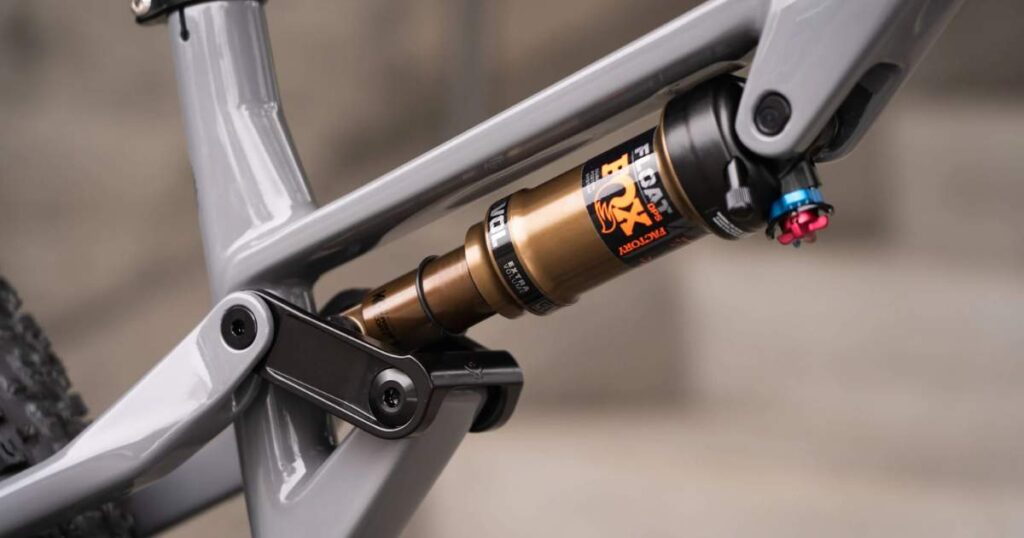
Full suspension E-MTBs come in various types, each designed to excel in specific riding conditions. Here’s a breakdown of the most common types:
Enduro: Conquer Technical Descents and Aggressive Terrain
Enduro E-MTBs are built to tackle the most demanding trails, featuring long travel suspension and robust components.
These bikes excel in technical descents and aggressive riding, making them popular choices for adrenaline-seeking riders in the USA & UK.
Trail: Versatile All-Rounders for Diverse Terrain
Trail E-MTBs strike a balance between climbing efficiency and descending prowess, making them versatile all-rounders for riders who enjoy exploring diverse terrain.
With moderate suspension travel and agile handling, trail bikes are suitable for a wide range of riding styles and preferences.
Cross-Country (XC): Lightweight Efficiency for Long Rides
XC E-MTBs prioritize lightweight construction and efficient climbing performance, making them ideal for long rides and endurance racing.
With less suspension travel and a focus on pedaling efficiency, XC bikes excel in covering miles of trails with ease.
Choosing the Right Full Suspension E-MTB
Selecting the perfect full suspension E-MTB requires careful consideration of your riding style, terrain preferences, budget, and fit.
Here’s a step-by-step guide to help you make the right choice:
- Matching Your Riding Style and Terrain Preferences: Consider the type of trails you’ll be riding most frequently and choose an E-MTB that’s suited to your riding style and terrain preferences.
- Budget Considerations and Desired Features: Determine your budget and prioritize features that are important to you, such as motor power, battery capacity, and suspension performance.
- Importance of Proper Fit: Ensure that the E-MTB you choose is properly sized and fitted to your body, maximizing comfort and performance on the trails.
Conclusion
Full suspension electric mountain bikes offer an exhilarating riding experience for riders, combining the thrill of mountain biking with the convenience of electric assistance.
With advanced suspension systems, powerful motors, and lightweight frames, these bikes are designed to conquer the toughest trails with ease.
Whether you’re a seasoned rider or new to the sport, there’s a full suspension E-MTB out there waiting to take you on your next adventure.

I’m passionate electric scooter enthusiast and the voice behind this blog. I’m here to share my expertise and insights with you. From in-depth reviews to problem-solving guides, my goal is to help you make the most of your electric scooter experience.
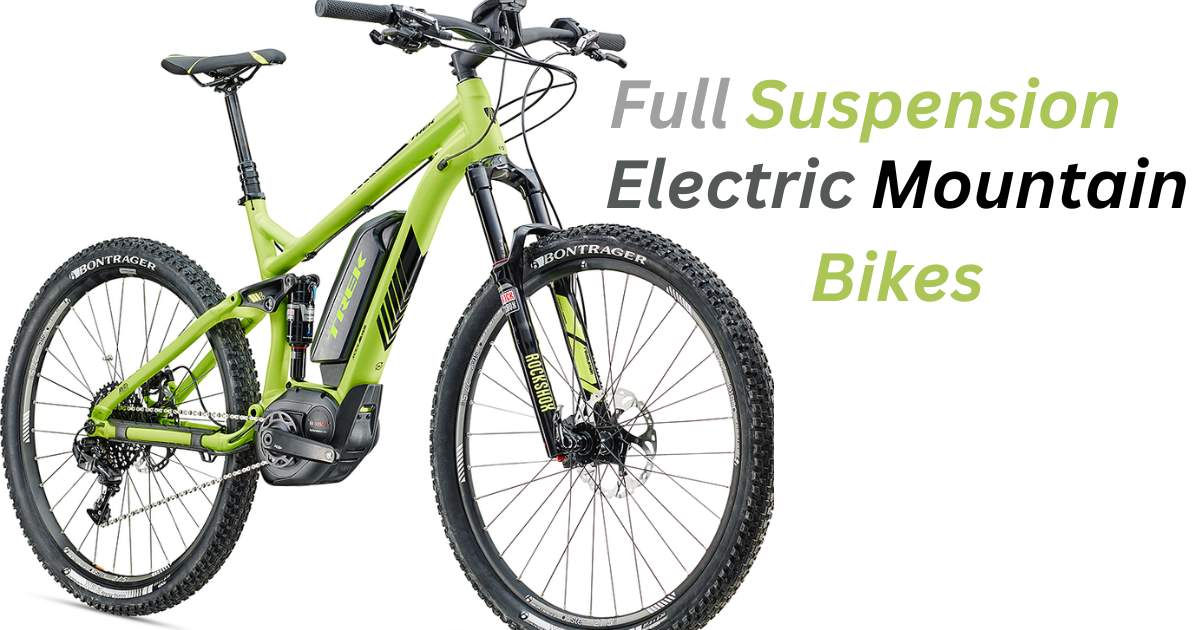

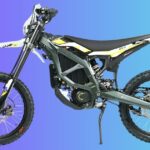
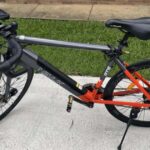

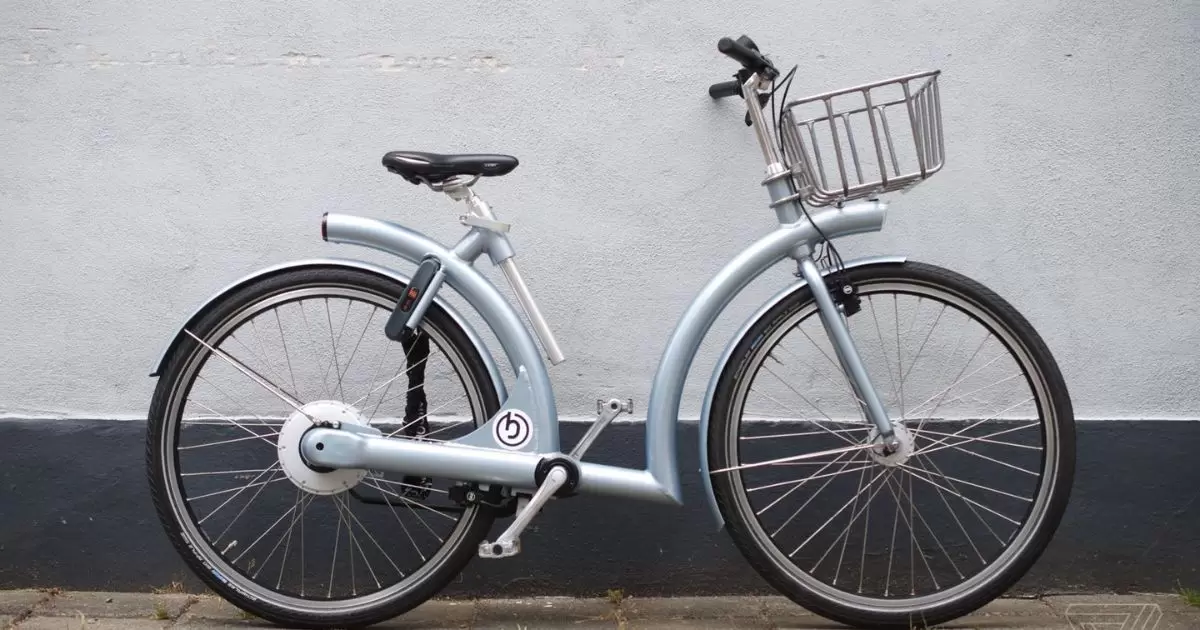


![Gomyfinance.com Invest: I Made $5,000 in My First Month [Real Results 2025]](https://electopolo.com/wp-content/uploads/2025/05/Gomyfinance.com-Invest-I-Made-5000-in-My-First-Month-Real-Results-2025-150x150.jpg)


